
Favorite Regional French Cookbooks
Some books from my collection that you might want in yours
Re: France. While most people, and cookbooks, focus on Paris and Provence, the other regional cuisines of France certainly deserve time in the spotlight, too. But with publishers looking to publish what will sell, the other regions are just too small a topic for a cookbook. Fortunately, in the past, editors and publishers were more willing to take a chance on other regions of France, publishing books on Basque cuisine, with its use of dried peppers, chocolate, cornmeal, and smoked cheese (what’s not to like about any of those?), and Gascony, where duck fat reigns supreme.
In France, regional cookbooks are easier to come but when a book is translated into English, there are often issues; ingredients may be unavailable and a translator may not get the substitutions right, and metric conversions can be tricky; I once saw a translated recipe that called for 5/9ths of a teaspoon of an ingredient. (I know of two highly anticipated cookbooks that were nearly recalled over multiple incorrect metric conversions.) And sometimes, the recipes just weren’t well-tested in the first place.
Chef’s cookbooks and cookbooks from famous restaurants are some of the first books to get translated due to their global appeal (they’re generally profitable for publishers as the restaurants sell the books to patrons, so there’s an assured audience), and those books are notorious for recipes that don’t necessarily crossover well for home cooks. Dishes prepared in restaurant kitchens and baked at professional bakeries, require quite a bit of work to get them to work in home kitchens.
I have a pretty extensive cookbook collection, which I’ve whittled down over the years, keeping only the books that I truly cherish and that I use. I have a special love for vintage French cookbooks, and it’s fun to look back at those books whose photos evoke a particular time and place in the country and its cuisine, with recipes for those of us who wanted to re-create the dishes at home. Prompted by a reader’s suggestion, I’ve compiled some of my favorites here.
A few notes:
-Some of the books mentioned here are out of print. Good places to find vintage cookbooks are Kitchen Arts and Letters, Bonnie Slotnick Cookbooks, Librarie Gastéréa Wibaut, Omnivore, and, if you come to Paris, Alain Huchet bouquiniste. There’s also Abe Books, EBay, Wob, and Cookbook Village. Individual sellers on Amazon also are sources for used cookbooks, along with a few shops listed here. For all books, I tried to link to the author’s website where their books may be available, but it wasn’t possible in many cases.
[Note/disclosure: Some Amazon links are affiliate links, but I don’t earn a commission if you buy them through the links in the newsletter that is sent by email.]
-In Paris, Librarie Gourmande has a very good selection of French-themed culinary books, mostly in French, and in Beaune, Burgundy, Athenaeum has a very good selection of French cookbooks, too.
-While most of these books I do own, a couple of them I don’t, but am familiar with them and find them worthwhile as they are considered solid resources for the various cuisines.
The Cuisine of the Sun by Mireille Johnston is considered the classic book on Niçoise cooking in English. Born in Nice, Johnston lived in the U.S. and her book reflects that, with her knowledge of U.S. ingredients and substitutes. Cuisine Niçoise was written by Jacques Médecin, who has a colorful history as the former mayor of Nice. The book is quite opinionated about staples like Salade Niçoise and Pan bagnat and was translated from French into English.
Lydie Marshall lives in Nyons, France, and wrote A Passion for My Provence focusing on Provencal home cooking from the south of France. American author Georgeanne Brennan was schooled in Province, and has a house there, and is known for her solid recipes. Her books include The Food and Flavors of Haute Provence and French Beans, exploring the bean cuisine of France.
Provençal French cooking is always popular, and Richard Olney captured the spirit and recipes of Lulu Peyraud in Lulu’s Provençal Table. The Peyraud family runs Domaine Tempier and Lulu Peyraud, and her cooking inspired Chez Panisse. I refer to this book often, both for the recipes and for the nostalgic glimpses (she passed away at 102 years of age, in 2020) of her cooking at home.
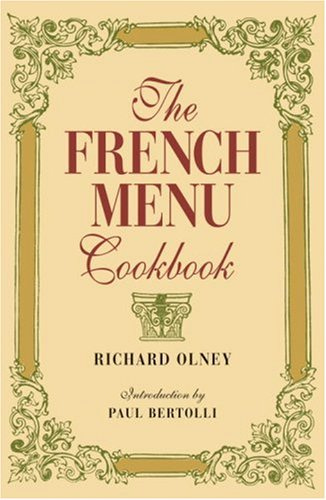
Arguably the best food writer of our generation, Richard Olney had a deep understanding of French food (and wine), and his seminal books, Simple French Food and The French Menu Cookbook, are beautifully written and wonderfully instructive. (Provence: The Beautiful Cookbook is one of his few books that was photographed.) If you’re looking for “fast and easy” French cooking, these aren’t necessarily the books for you. But I learn something with every line of every recipe that Olney presents, and his writing is indeed masterful.
Some say Olney was envious, others say irked, at the success of Julia Child, who successfully translated French cooking for America. (The Gourmand’s Way: Six Americans in Paris and a New Gastronomy chronicles some of their differences, along with M.F.K. Fisher.) Over twenty-five years later, Mastering the Art of French Cooking is still in print. The recipes are famous for their reliability, and it’s hard to go wrong with any of them. While the organization of the book, co-authored with Simone Beck and Louisette Bertholle, isn’t by region, there are regional specialties in the book.

After parting ways with Julia Child, Simca Beck went out on her own. She didn’t believe in “dumbing down” recipes or making cultural considerations, which were some of the reasons that she and Child stopped collaborating. She went on to write Simca’s Cuisine, as well as two other cookbooks. I haven’t had success with the few recipes of hers I’ve tried (she notably tussled with her editor, Judith Jones, and I think Jones may have tried to steer her in a little…), and a few other cooks also found some flaws. Still, the books are classics and may be worth being on your shelf for inspiration. (Or maybe I just need to give a few more of her recipes a try?)
For those looking for authentic French cooking by French authors, two French cookbooks, La Bonne Cuisine de Madame E. Saint-Ange (originally published in 1927) and Je Sais Cuisinier/I Know How to Cook (published in 1932), are both considered standard recipe books in France and have been translated into English. Think of the books as The Joy of Cooking and The Fannie Farmer Cookbook, for France. Both are generous-sized cookbooks filled with classic French recipes and have provided recipes, information on cooking techniques, and cooking advice to generations of French cooks.
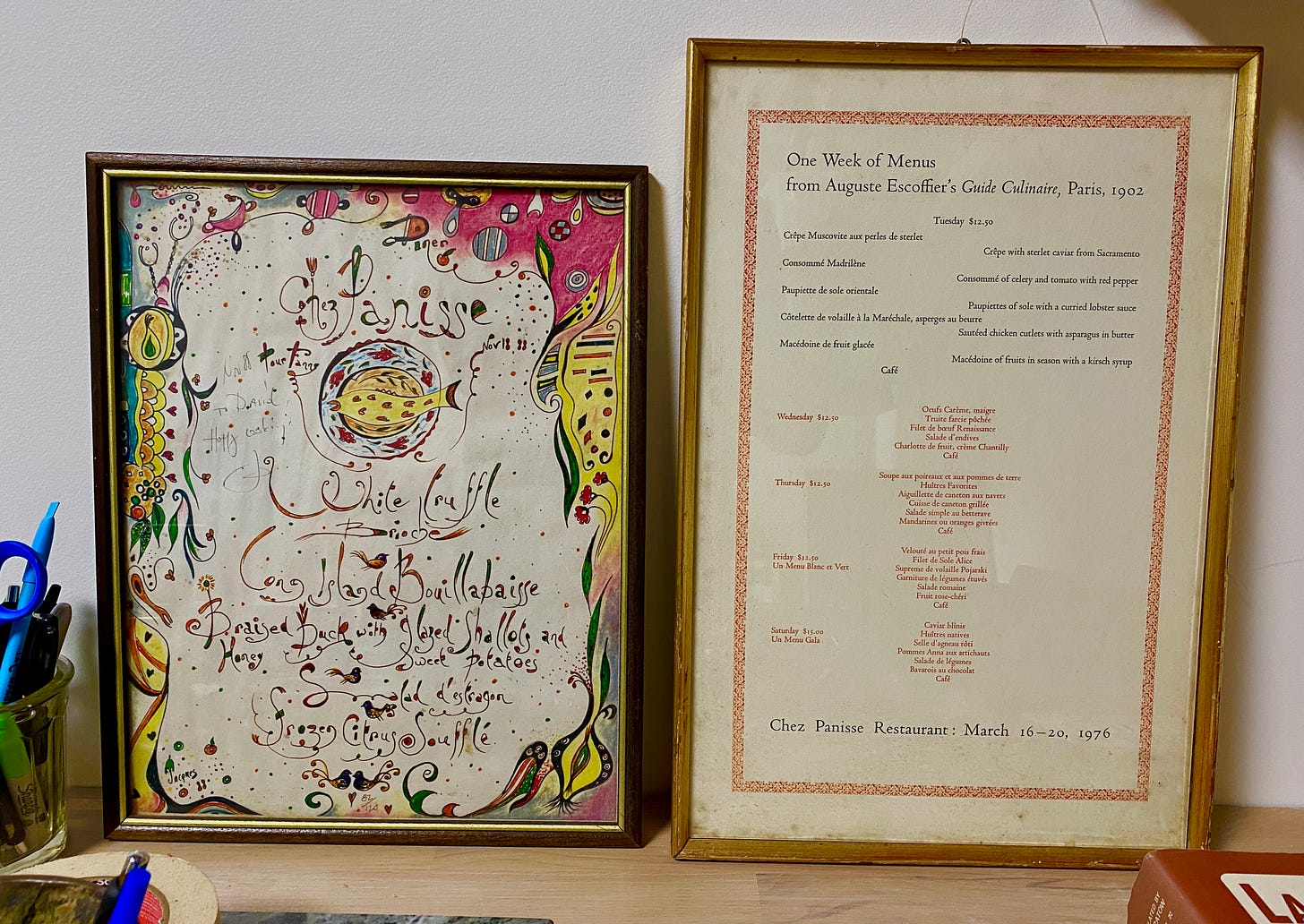
Jacques Pépin has written over twenty highly regarded books (his memoir, The Apprentice, is a favorite food memoir of mine), and his books La Méthode and La Technique were updated and compiled in Jacques Pépin New Complete Techniques. They meticulously detail French cooking techniques, but my favorite of his books are The Art of Cooking, Volume 1 and Volume 2, mostly because I got to cook with him when they came out, so I have pangs of nostalgia when I open them. Both are out of print, but findable.
Another good instructional book on French cooking is Anne Willan’s La Varenne Practique, a well-illustrated guidebook to the basics of French cuisine. Especially useful are the guides to French cuts of meat, which don’t correspond to cuts of meat in the U.S., as well as many other French ingredients. The book is also out-of-print and has been released as a series of e-books (which gives the author royalties), but you can find the original book sold on websites selling used cookbooks.
Veering myself back toward French regional cooking…
Normandy is known for its butter, cream, butter, cheese, apples, and butter, and The Normand Table: The Traditional Cooking of Normandy, and The Cuisine of Normandy: French Regional Cooking with Princess Marie-Blanche de Broglie both explore the regional cuisine, in English.
Made in Marseille by Daniel Young captures the cooking of this rough and tumble city. With its situation by the sea, there are a number of seafood recipes, including the most famous dish: bouillabaisse. Other France-based books by Daniel Young include The Bistros, Brasseries, and Wine Bars of Paris: Everyday Recipes from the Real Paris, and The Paris Café Cookbook, offering recipes from the cafés of Paris.
Basque cuisine deserves lots of time in the limelight and The Basque Kitchen: Tempting Food from the Pyrenées by Gerald Hirigoyen is an easy-to-follow cookbook, featuring food from a region that stretches from mountains to the sea and straddles the French-Spanish border. The Basque Table by Teresa Barrenechea is another book worth checking out if you want to take a deeper dive into Basque fare.
Susan Herrmann Loomis’ The French Farmhouse Table is a truly useful and comprehensive (and hefty) guide to French regional cooking across l’hexagone. Susan has lived in France for decades and has a deep understanding of French foods and traditions. I frequently refer to this book for the well-written recipes.
As the New York Times wrote when she passed away, Madeleine Kamman “gave Americans a taste of France.” Kamman and her books were hugely influential to me, with classics like When French Women Cook (which came out in 1976) and Savoie (featuring the cuisine of the French alps), and all written with her distinctive voice of authority and meticulous recipes.
Located in the French alps, the Valley of the Grande Chartreuse (yup, where the famous herbal liqueur is made), The Auberge of the Flowering Hearth is one of my very favorite food books of all time. (I wrote more about it here.) It’s the story of two women who opened an inn, foraging for ingredients in the countryside, to make miraculous meals for their guests. Roy Andries de Groot spent several years in their kitchen, and in their dining room, compiling this book. It made me want to move to France.
Clotilde Dusoulier captured the cuisine of Paris in Tasting Paris, highlighting recipes from the nation’s capital, as she calls it, “a cliché-free Paris that reflects the way real Parisians eat today.”
The late, great Saveur magazine had a reputation for authenticity, and a favorite French cookbook in my collection is Saveur Cooks Authentic French. The assurance of the subtitle, “Rediscovering the Recipes, Traditions, and Flavors of the World’s Greatest Cuisine,” reflects how much they, and we, revered French cuisine. The book is gorgeously photographed by Christopher Hirsheimer, who pioneered a more casual method of food styling (unlike Gourmet magazine, which never had a crumb out of place), which set the path for how food is still being photographed today.
Gourmet magazine was known for its travelogues, and while some of the writing in the days of yore could be overly lofty, Bouquet de France: An Epicurean Tour of the French Provinces (1952) and Gourmet’s France (1982) cover the regions of France by chapter, from Chicken in Vin Jaune (the local Jura wine, which gets its unique, nutty flavor from being aged under a veil of yeast), made by Franche-Comté, to the hearty fare of the Auvergne. The publisher of Gourmet’s France noted in the introduction to the book that “…France has changed—what place hasn’t—in the twenty-six years since Bouquet first saw publication” and explained they decided to ask eight writers to cover the regions to which they had a special affinity for, which included Burgundy, Paris, Corsica, and Brittany.
The recipes in Bouquet de France aren’t as detailed as modern recipes; for example, “Line a tart pan with short pastry,” and the Cassoulet recipe covers only two-thirds of a page, compared to mine in My Paris Kitchen, which covers 2 1/2 pages. But both books are evocative travelogues and snapshots in time, with photos. If I had to choose one book over the other, I’d get Gourmet’s France, which is more contemporary, and the recipes, such as Smoked Goose Tongue and Liver in Aspic, Pork and Prune Pie, Caramelized Cream Puffs, Fondant au chocolat, and Honey & Almond Tart, offer more guidance. As one online reviewer noted: “The book is still worth the price!”
Known primarily for her North African and Mediterranean-based cookbooks, Paula Wolfert’s The Cooking of Southwest France: Recipes from France’s Magnificent Rustic Cuisine, Paula Wolfert takes her meticulous turn through the southwest region of France, where Cassoulet is king. A reviewer for the LA Times said one of the Cassoulet recipes took her four days to prepare and cost $91, which was back in 2006. (Another Cassoulet recipe in the book calls for 9 pounds of fresh fava beans!) My friends rave over the beef roulade with anchovies, which I’ve yet to make, but the prune croustade I did give a go, and mine wasn’t as artfully presented as it is in bakeries in Gascony. (Which was my fault, not hers.) No one say Wolfert’s recipes are necessarily simple, but they’re authentic, and this is an enticing presentation of the cuisine from this very special region in France.
If you’d like to focus squarely on Cassoulet (…and I won’t judge you if you do), Kate Hill, author of A Culinary Journey in Gascony, wrote a single-subject book from her 18th-century farmhouse kitchen in Camont, France, Cassoulet: A French Obsession that covers every detail of the dish.
Hungry for France by Alexander Lobrano provides a proper overview of France. Alec is a wonderful travel writer and the former Paris correspondent for Gourmet magazine. It’s easy to be captivated by his writing, but the seventy-five recipes by Jane Sigal are just as solid (I made one here) as his stories of traveling, and eating, his way around France.
(Jane Sigal wrote Bistronomy: Recipes from the Best New Paris Bistros and Normandy Gastronomique, the latter of which is part of a series of books published in the U.S. in 1993 that included books featuring the cuisine of the Dordogne, the Loire, and Brittany.)
For Parisian bistro cooking, Patricia Wells’ Bistro Cooking is excellent, and some of the first books I bought on Parisian cooking were the stylish books of Linda Dannenberg, Paris Boulangerie-Pâtisserie and Paris Bistro Cooking.
French Pastry Made Simple by Molly Wilk and Pâtisserie Made Simple by Edd Kimber are both very good books on making French desserts, with easy-to-follow instructions. (I made Parisien Flan from Molly’s book and Edd’s Far Breton.)
For those who want to take a deeper dive into French pastrymaking, Mastering the Art of French Pastry by Bruce Healy and co-author Paul Bugat, who owned Pâtisserie Clichy in Paris, presents the basics of French pastry, as well as classic French desserts, such as gâteau Opéra, Charlotte Fraises (strawberry charlotte), and Savarin aux Pêches (yeasted cake with kirsch syrup and peaches). Each chapter begins with foundations to help you build the cakes of your dreams…if your dream is to make cakes as swanky as the ones in the showcases of classic Paris pâtisseries.
Baking Chez Moi and Desserts by Pierre Hermé by Dorie Greenspan are both great and very approachable baking books, the latter translating the recipes of Pierre Hermé for American ingredients and pan sizes, and audiences. Paris Sweets is Dorie’s compendium of dessert recipes from favorite bakeries around Paris.
Bernachon pastry shop in Lyon has also been making its own bean-to-bar chocolate for generations. In A Passion for Chocolate, Rose Levy Berenbaum took on the task of testing all their recipes for classic French pastries, for the English-language edition of the book (published in 1989), with the clear instructions she’s known for in her own books, including The Cake Bible.
While French people don’t bake at home, as avidly as their counterparts elsewhere, Gâteau: The Surprising Simplicity of French Cakes by Aleksandra Crapanzano features the simple cakes of those who do.
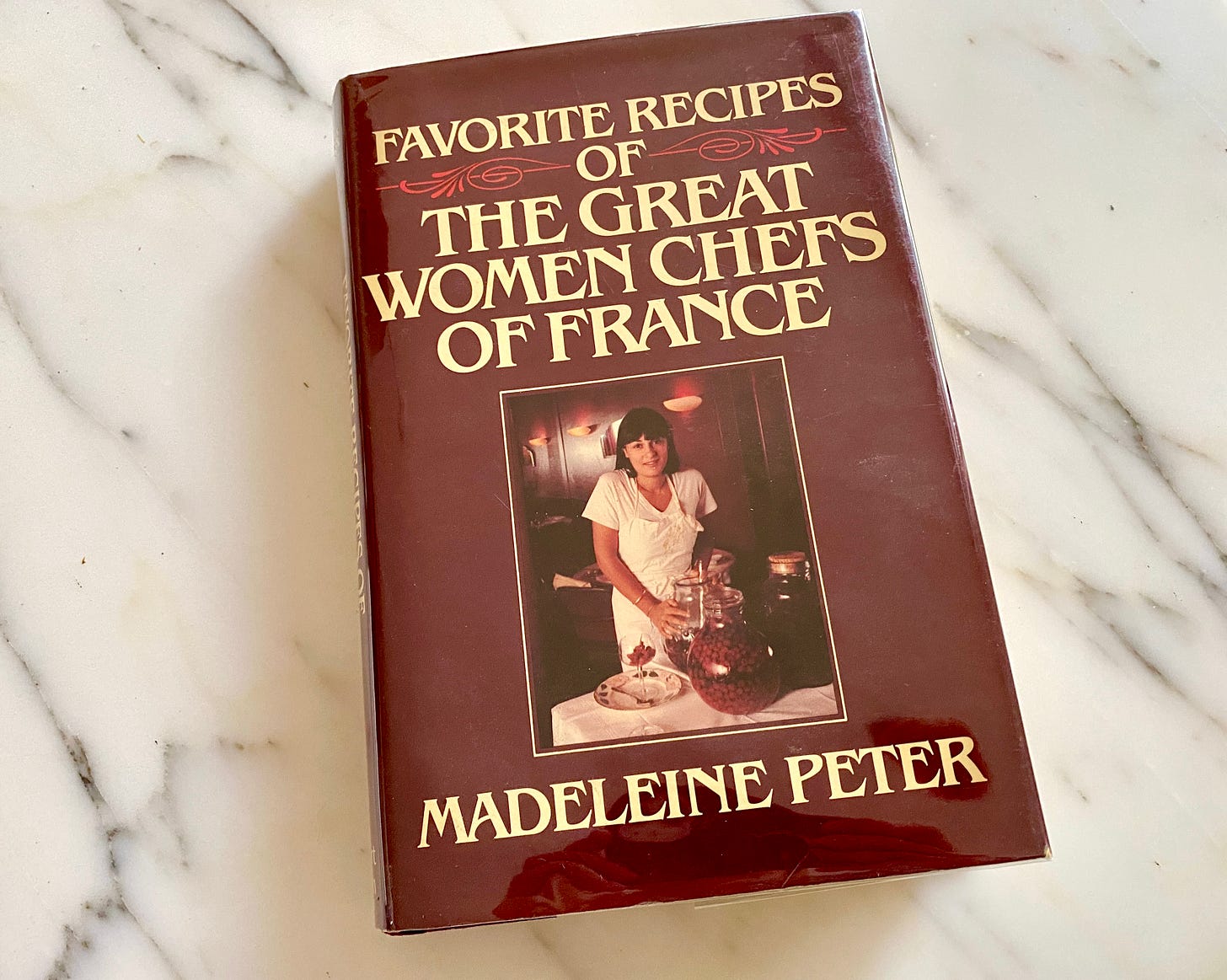
Other authors, including Elizabeth David, M.F.K. Fisher, Larousse, Escoffier, and Christophe Felder have covered France as well, and there are many more books out there. Let us know your favorites in the comments!

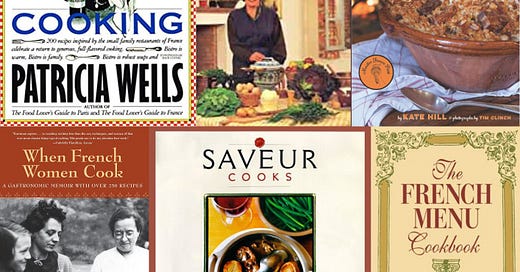







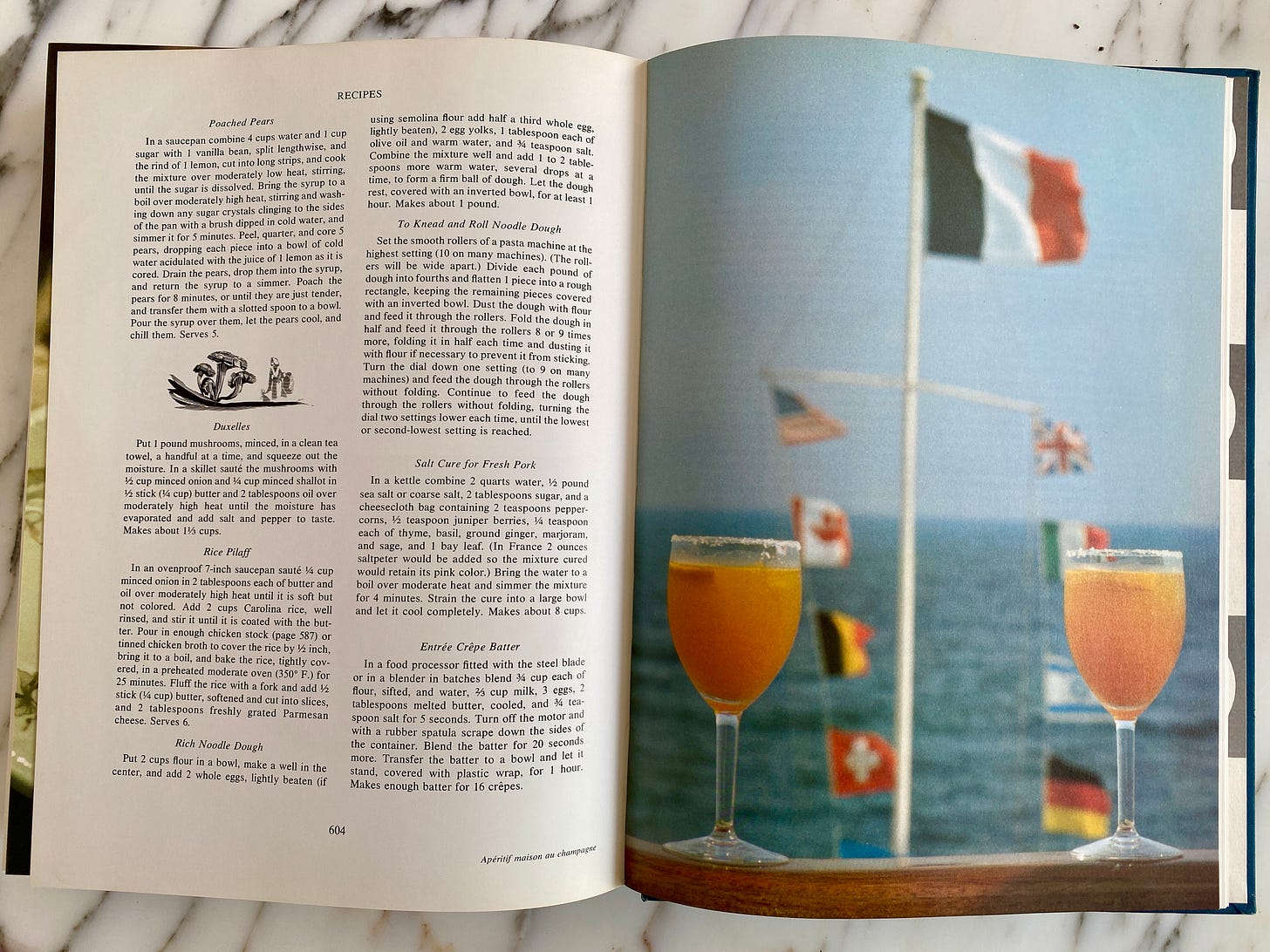
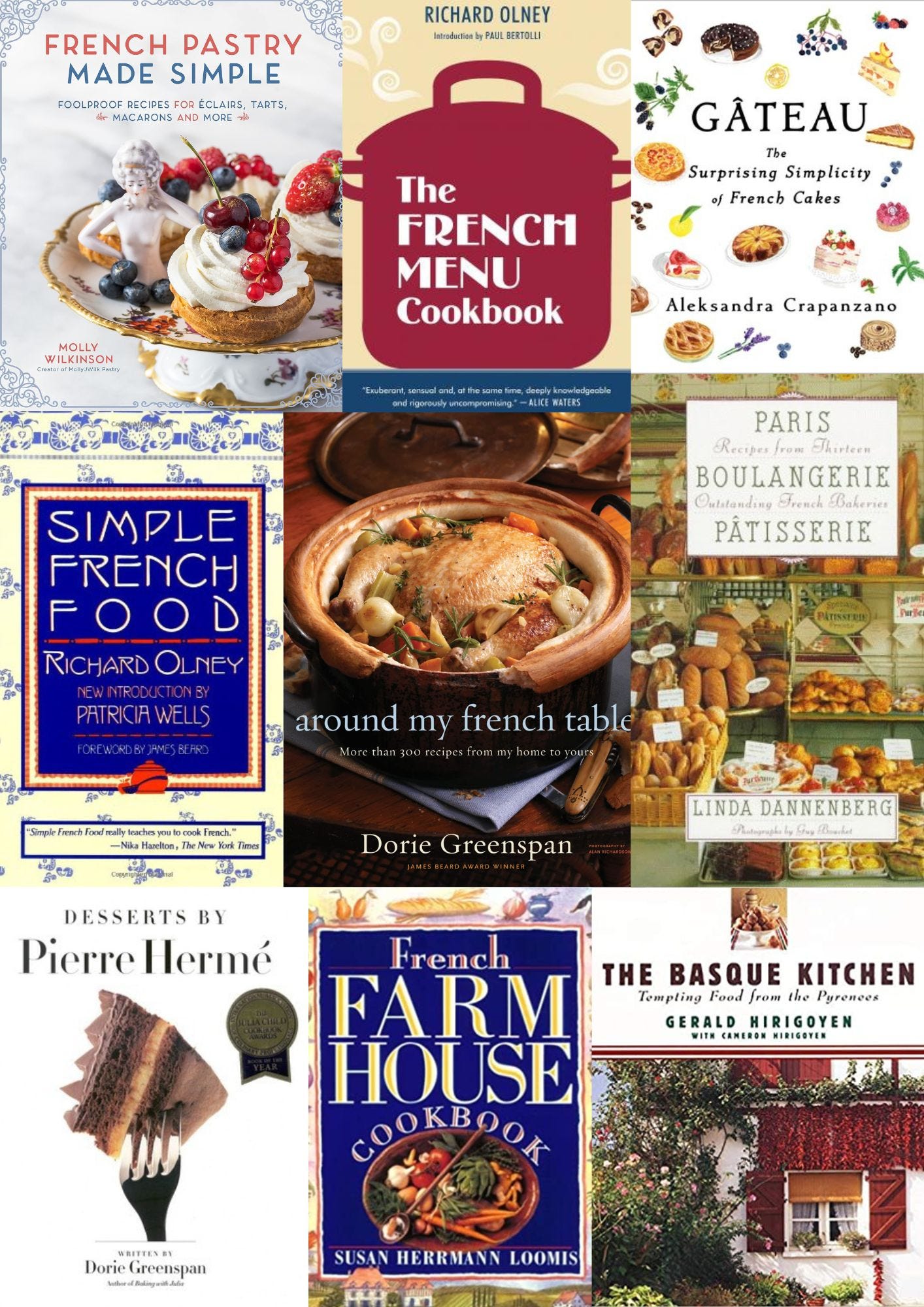
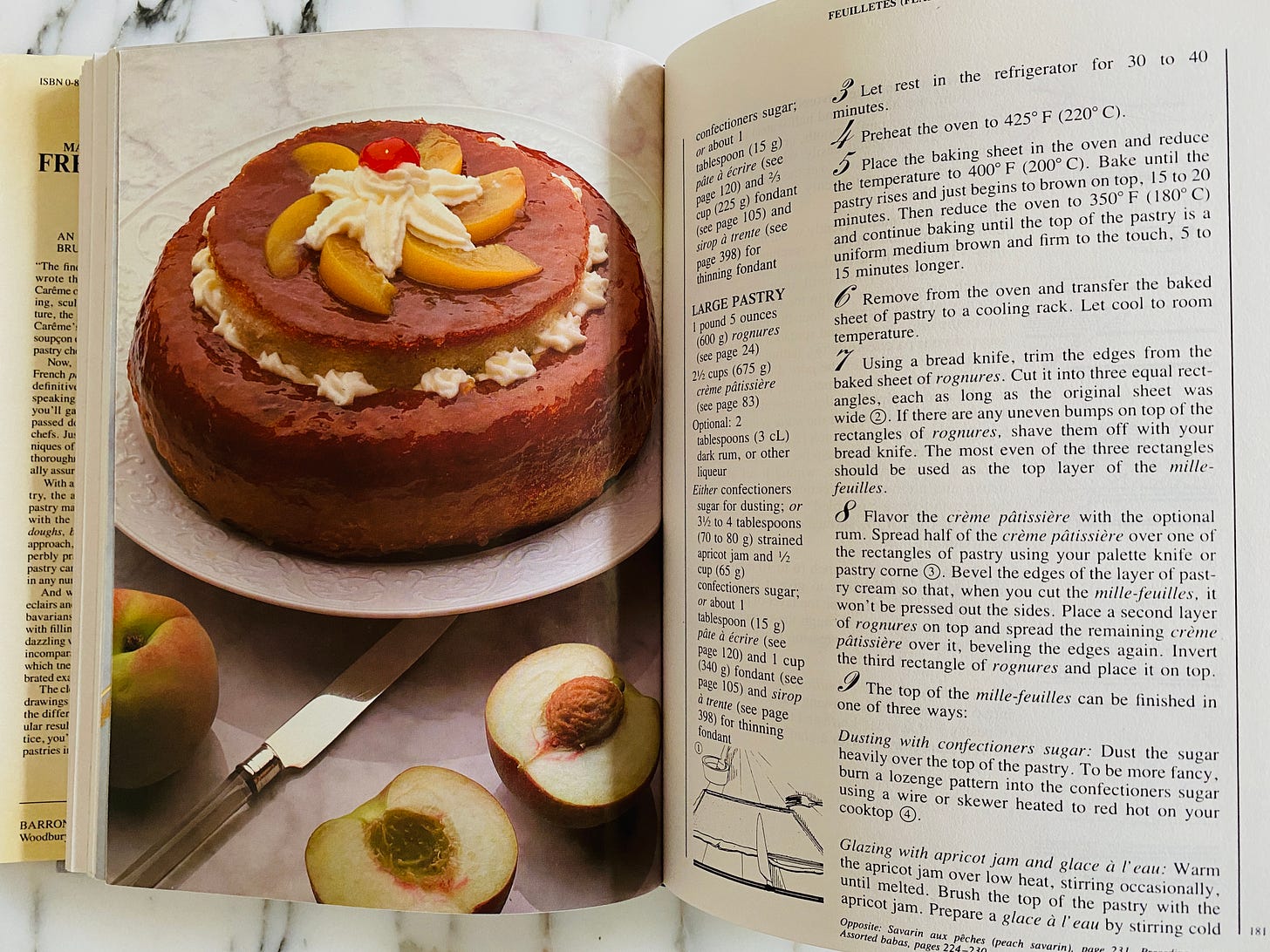








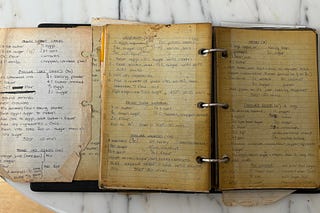


I agree with Angela, below. I was pleased to see so many old favorites in your list, David, including especially the oft overlooked Mireille Johnston, ultra-scrupulous Madeleine Kamman, and delightful Lydia Marshall, all three, if I'm not mistaken, born, raised and schooled in French culture and cuisine, unlike many of the others on your list. But the omission of Elizabeth David is indeed surprising. She introduced me to the food of all of France and her French Provincial Cooking was a landmark--and to just for me--Alice Waters has frequently talked about what an important influence it was for her.
I have quite a few of the books you listed, but was surprised not to see a mention of Elizabeth David. She changed the course of cooking in Britain after the 2nd world war with her books French Country cooking and later French Provincial Cooking. She was a huge influence on chefs and writers around the world. Her books are all still in print, and are a joy to read, as much for her writing as the recipes themselves. My favourite recent book on provencal cooking, is called Sardine, written by Alex Jackson, who had a restaurant in London of the same name, until covid hit and he was forced to close its doors.